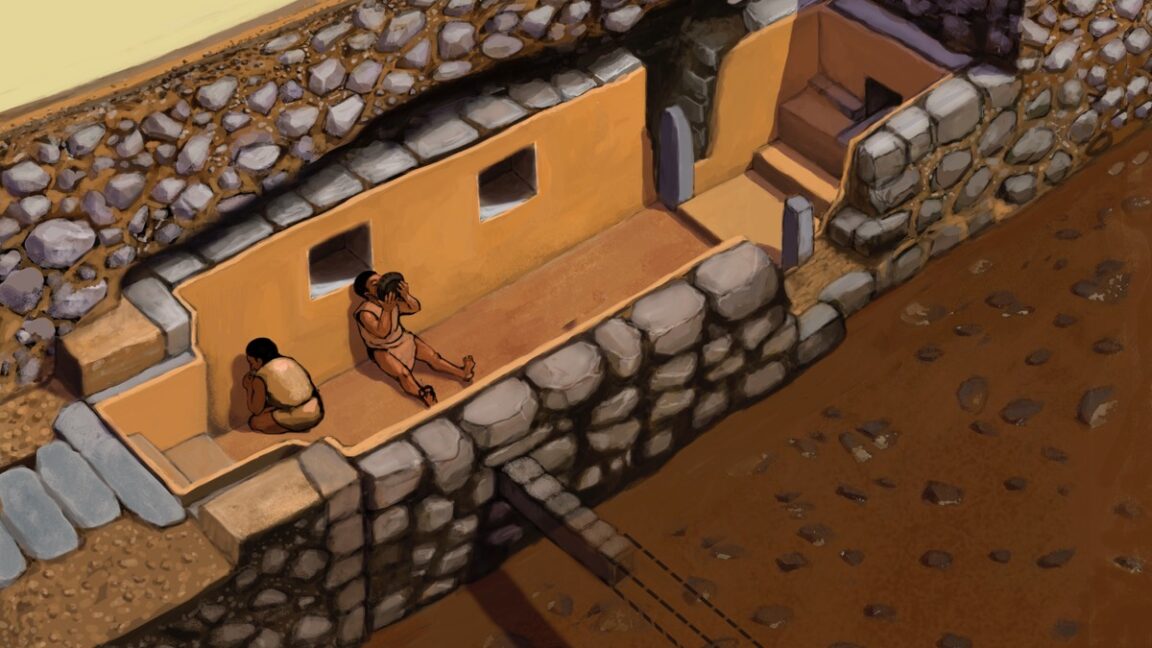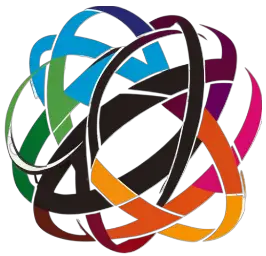
“The Wari examples are about 1,000 years later, as are the Tiwanaku ones, so maybe it’s not surprising that there should be some variation in how people were using vilca,” Contreras told Ars. “We don’t know that this is the only context in which vilca was used at Chavín—just that it’s clear it was being used in this particular restricted-access context. That’s not to say that it or other substances—including such simple things as food and chicha—weren’t also being used in more open contexts to build social bonds. Work parties for harvest or canal cleaning, for example, are still very much part of life in the rural Central Andes, and for that matter anywhere else (including the U.S.).”
“If I had to guess, I’d say those were very much part of Chavín as well,” he added. “But that at the same time some kinds of rituals were very particular and likely exclusive with respect to location, content, and maybe substances involvement—both procuring plants and knowing how to prepare them may have required pretty specialized knowledge.”
The discovery has broader implications because Chavín straddled a major social transition. Between 500 and 1,000 years after Chavín, “there were already sedentary villages practicing agriculture and engaged in communal building projects recognizably similar to Chavín—platform mounds arrayed around plazas,” said Contreras. “However, there’s little evidence of the existence of substantial and durable inequality, and much less evidence of craft specialization, production, and long-distance trade/exchange than there is at Chavín.”
But in the 1,000 years after Chavín, “settlements got significantly bigger and more urban, and several Andean societies can be found (Moche, for instance) that were very clearly strongly hierarchical; social, political, and economic inequality had become the norm,” Contreras said. “Chavín is obviously not the only archaeological site found between those two extremes, but it’s a really interesting place to examine that transition.”
PNAS, 2025. DOI: 10.1073/pnas.2425125122 (About DOIs).


